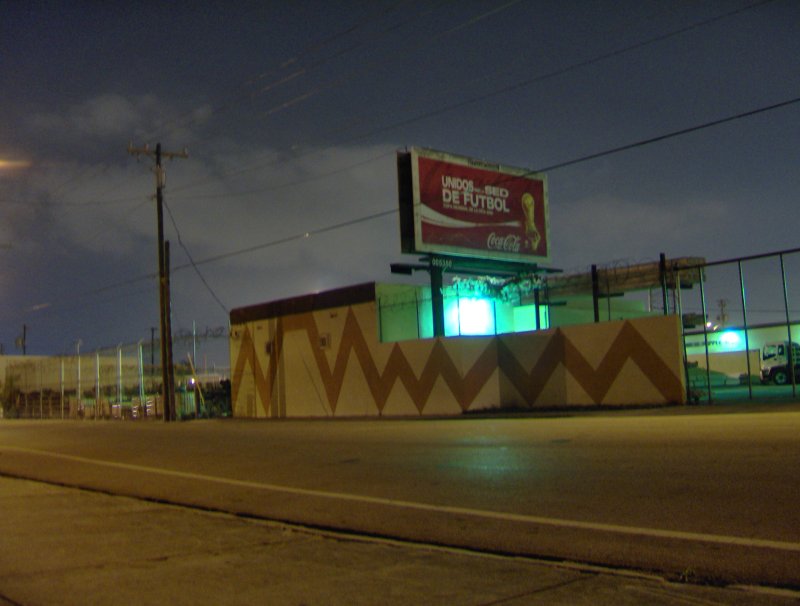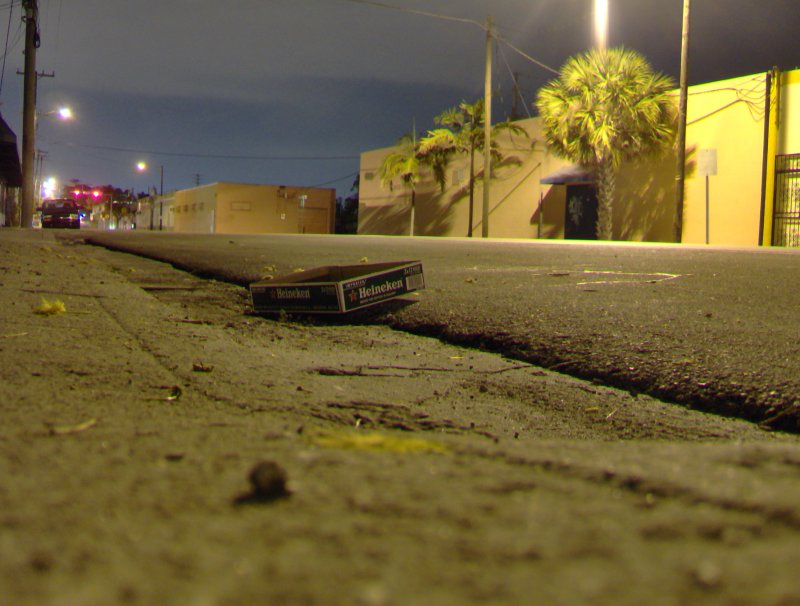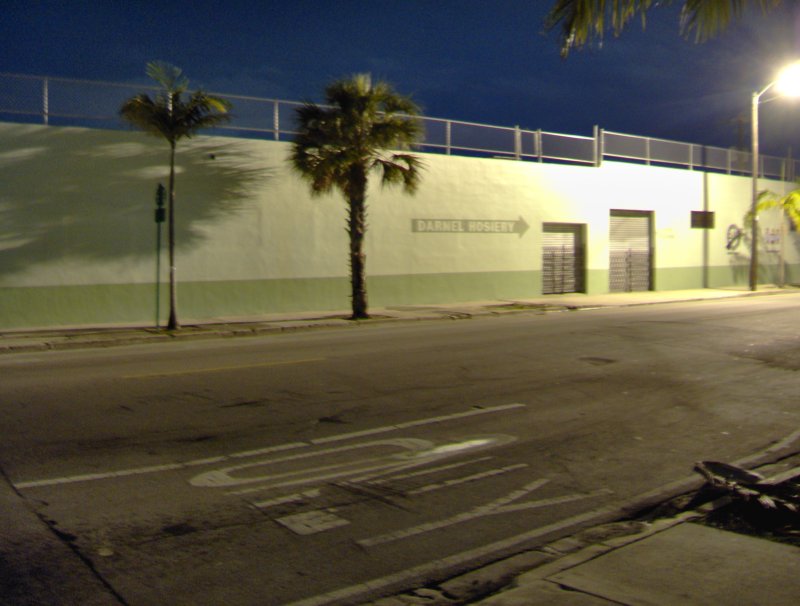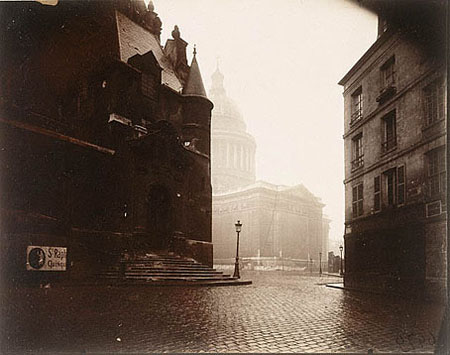Noise Orders : Jazz, Improvisation, and Architecture by David P. Brown promises to be an interesting reading. Here is a book description from U. of Minnesota Press:
In this lively book, David Brown locates jazz music within the broad aesthetic, political, and theoretical upheavals of our time, asserting that modern architecture and urbanism in particular can be strongly influenced and defined by the ways that improvisation is facilitated in jazz.
Improvised music consists of diverse properties that fail to register in the object-oriented understanding of composition. As a result, it is often dismissed as noise—an interfering signal. However, Brown asserts, such interference can bear meaning and stimulate change. Noise Orders identifies how architecture can respond to the inclusive dynamics of extemporaneous movements, variable conceptions of composition, multiple durations, and wide manipulation of resources found in jazz to enable outcomes that far exceed a design’s seeming potential.
By exploring overlapping moments between modernism and the cultural dimensions of jazz, Noise Orders suggests that the discipline of improvisation continues to open and redefine architectural theory and practice, creating a world where designers contribute to emerging environments rather than make predetermined ones. Comparing modern and avant-garde artists and architects with individuals and groups in jazz—including Piet Mondrian and boogie-woogie, John Cage and Rahsaan Roland Kirk, Le Corbusier and Louis Armstrong, and Ludwig Mies van der Rohe and the Association for the Advancement of Creative Musicians (AACM)—Brown examines how jazz can offer alternative design ideas and directions, be incorporated in contemporary architectural practices, and provide insight on how to develop dynamic metropolitan environments.
Interdisciplinary in its approach, innovative in its methodology, and unexpected in its conclusions, Noise Orders argues for a deeper understanding of the infinite potential inherent in both music and architecture.
David P. Brown is associate professor of architecture at the University of Illinois at Chicago.
192 pages | 47 halftones | 5 7â„8 x 9 | February 2005

Music and Architecture have been academically coupled ever since Vitruvius’s Ten Books on Architecture. He advocated, as part of the education of an architect, an emphasis on music.
Music assists an architect in the use of harmonic and mathematical proportion.
An architecture informed by jazz and improvisation might be to impractical to produce houses and buildings that would serve our immediate needs. Especially when one thinks of the case of a city like New Orleans. But it would be grand if such a conversation takes place. I would welcome a theoretical project which re-plan and design New Orleans, while taking notes of the city histories–music, food, decadence and inhabitants.
via.






